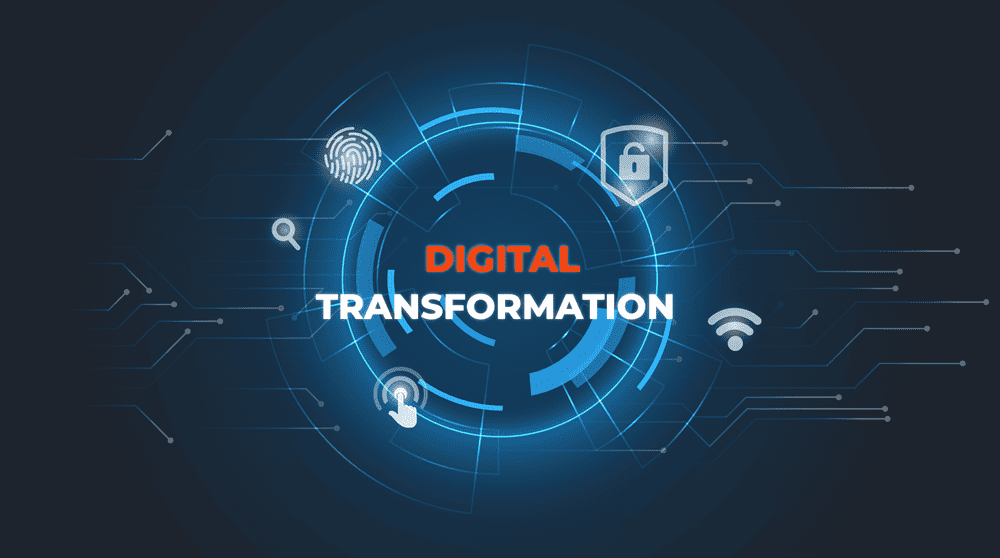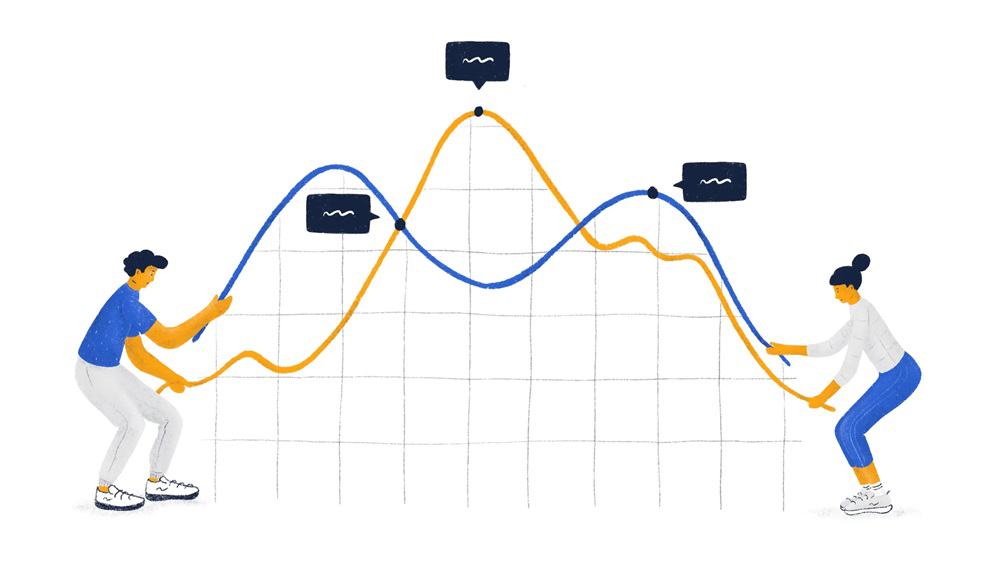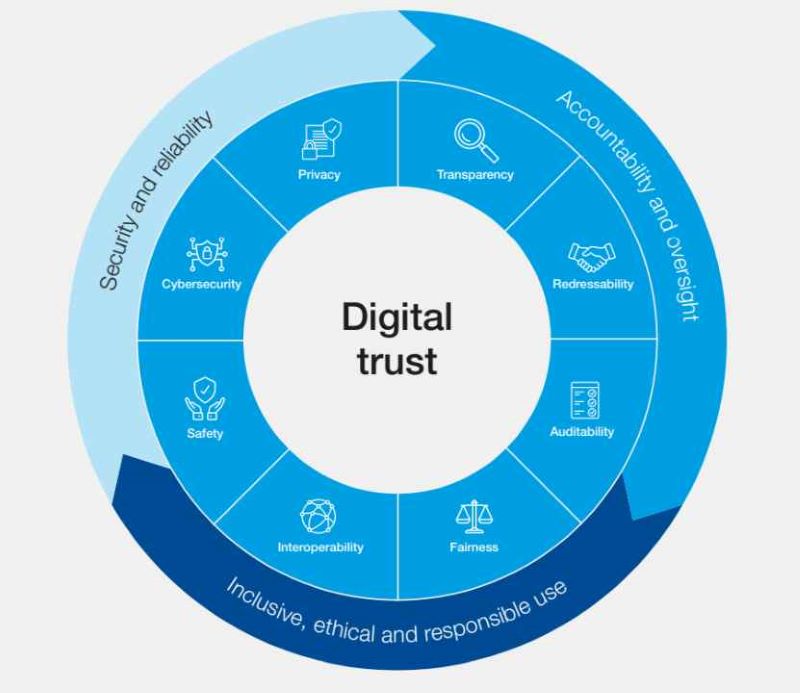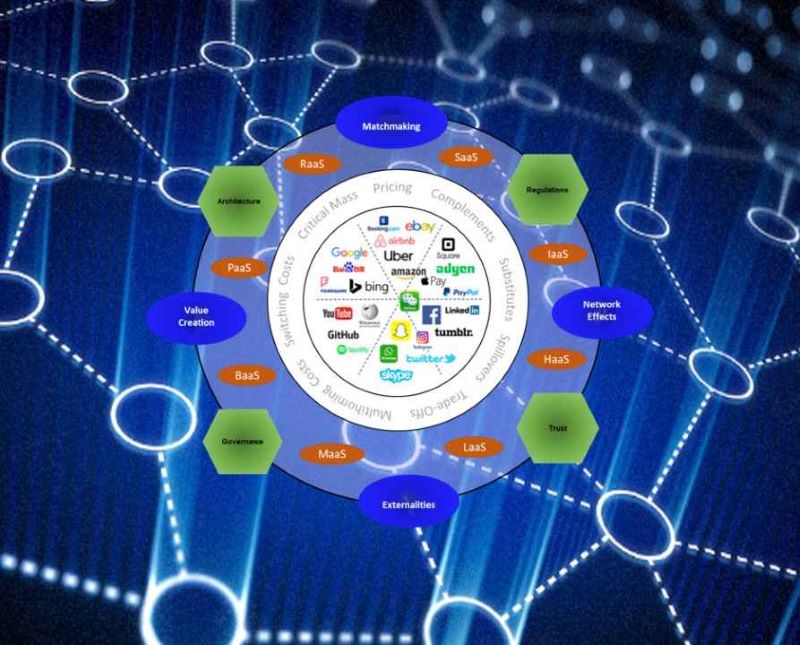Digital transformation case studies are not just buzzwords; they’re a revolution unfolding before our eyes. As an expert who’s navigated the trenches of digital overhaul, I’ve seen firsthand how it reshapes industries. In this deep dive, we’ll tear the cover off success stories that light the way. We’ll start by analyzing industry triumphs, unearthing the top practices that lift companies above the rest. Then, we delve into technology’s tangible impact on businesses both big and small. Don’t miss out on the customer experience revolution in retail and e-commerce, and see how data and AI change the game. Lastly, watch sectors like healthcare and finance undergo digital metamorphosis. Get ready, because these are lessons you can’t afford to overlook.
Navigating Digital Transformation Success Stories
Analyzing Real-World Industry Digitalization Examples
Let’s talk about winning moves in the tech game. Companies big and small are changing how they work. They’re going digital and it’s paying off. Want examples? Just look at how retail stores are now selling online. They’re using fancy data tricks to see what you like. Or, how banks let you pay bills with your phone, easy and quick. It’s all about using the latest tech to do better and make customers happy.
Here’s a look at some real-world industry digitalization examples. Take Nike for example. They used digital tools to make cool custom shoes for you right from your phone. Or look at Ford. They made their car making smarter with robots and computers. What about healthcare? Hospitals now let doctors look at your health info from their tablets.
Businesses are also using cloud computing a bunch. Cloud computing lets companies use big computers far away to do their work. This way, they save money and can do more at the same time. And everyone’s talking about AI, or artificial intelligence. AI helps businesses learn from your choices to make things better for you. Ever heard of those fridges that tell you what’s inside without opening the door? Yep, that’s AI too.
Key Five Digitalization Best Practices Derived from Success Stories
So, what’s the secret sauce? Here are five digitalization best practices from those success stories:
- Know Your Goals: You’ve got to know why you’re going digital. Like saving time, or making shopping fun for customers.
- Start Small, Think Big: Begin with one part of your company. After it works, use what you learn for the rest.
- Get Your Team On Board: Make sure everyone at work understands and likes the new tech.
- Keep Your Data Safe: As you use more computers and the internet, you must protect your business info.
- Check Your Success: Use tools to see if the new digital way is really helping. If not, try something new.
Remember, it’s not just about the cool tech. It’s about making things better for the people at work and the customers. You can learn from digital transformation success stories to help your business win too. So, let’s start turning your company into a tech champ!
The Impact of Technology Integration on Businesses
Case Studies: Transforming Operations in SMBs and Large Enterprises
Let’s dive into how small and big firms change with tech. We see exciting changes across the board. Small shops and giant companies have stories to tell. For instance, a local bookstore went from old shelves to cool tech. They used simple but smart tools. They now offer book suggestions based on your past likes. Sales went up. Customers enjoy their visits more.
Big players in retail have also made great strides. They track what buyers like and buy. This helps them stock better items. They use phone apps to make shopping easier for you. This digital leap has meant huge wins for them.
Insights into Digital Strategy Outcomes and Measurable Impact
Results from going digital can be clear. Firms see more happy customers. They see more sales. It’s not just talk. There are hard numbers to show it works. Inventory costs go down. People spend less time waiting. There’s proof that thinking digital first pays off.
One big story comes from the healthcare field. They started storing patient files online. Needles to say, finding health info is now quick and easy. Doctors now spend more time caring for you. Less time is lost in paper files. This is a win-win.
In banking, it’s all about mobile tech. We bank on our phones now. This shift has allowed banks to serve you round the clock. Wait times in lines drop. This proves that thinking ahead in tech brings real gains.
Firms that choose to go digital have one thing in common. They stay ahead of those who don’t. They are ready for how the world changes. They keep up with new trends. They serve you better. It’s smart to use tech to grow and succeed.
Enhancing the Customer Experience Through Digital Tools
Digitizing Customer Experience in Retail and e-Commerce Sectors
Retail and e-commerce are changing fast. Online stores must catch up or lose out. Big names show us how. They use tech to make shopping better, easier, more fun.
For example, a clothing brand turned their website into a virtual fitting room. They used augmented reality (AR). Customers could see clothes on themselves before buying. No more guessing sizes, fewer returns. Sales soared, customers smiled.
Another store sent alerts to phones. These alerts told people about deals as they passed by. The result? More folks walked in, and the store sold more.
Let’s talk simple but smart. Some shops use chatbots. They answer questions, offer help, day or night. Always there, always quick, making buying smoother.
Tech does more than sell; it gets customers talking and sharing. Think social media. Retailers post cool stuff. People comment, like, and share. What does this mean? More eyes on the brand, more buzz.
Retailers are not stopping there. They keep finding ways to blend tech and shopping. They want every click, every step to feel special. They know happy customers keep coming back.
Leveraging Data Analytics and AI to Refine Customer Interactions
Data is king. It tells shops what you like, what you buy, when you shop. Smart shops listen to this. They use data analytics. This means they look at tons of info. They track trends, tastes, habits. What’s the aim? To know what to sell, to whom, and when.
AI — artificial intelligence — helps too. It spots patterns, learns what customers want. It helps shops offer personal bets. Say you buy running shoes. Next time, AI might suggest fitness gear. It’s like the shop knows you.
But it’s not just about selling. AI makes customer service better too. It answers questions fast and fixes problems. Happy customers trust the shop more. They tell friends, leave good reviews.
Using AI saves money too. It does jobs people used to do. So what’s the benefit? Workers can do other important tasks. Shops can focus on creating cool experiences.
Data and AI give power. The power to serve you better. Retailers who use them thrive. They stay ahead, keep customers, grow big.
These stories prove it. Digital tools turn visits into experiences, browsers into buyers. They show shops care. This means good business, loyal customers, a strong future.
The combo of online tools and physical stores is a game-changer. It makes shopping smooth, fast, fun. So next time you shop online or walk into a store, think about the tech making your experience better. It’s all part of the great digital makeover that’s changing how we live and buy every day.
Sector-Specific Digitalization: Healthcare to Finance
The Digital Overhaul in Healthcare: A Closer Look at Mobile and IoT Implementation
Healthcare had to change fast. Before, it lagged behind other fields in tech use. Now, with lives on the line, healthcare can’t wait. Hospitals and clinics now use mobile tech and IoT to care for patients better and faster. Let me tell you how these changes are saving lives.
Doctors use mobile apps to check on their patients. This means they don’t wait until the next visit to know what’s going on. They can see real-time data sent from devices like heart monitors. This is IoT at work. It’s a bunch of devices that talk to each other over the internet. These devices send patient data right to the doctor’s phone.
For example, someone with diabetes might have a blood sugar monitor. This gadget checks their levels all day. IoT lets this monitor send updates to their doctor. If levels get too high or too low, the doc knows right away. They act fast to stop bigger problems. This is one way IoT and mobile tech help in healthcare.
Finance Sector Digitization: Embracing Cloud Computing and Digital Payment Systems
Now let’s talk money. The finance world had to get digital too. Banks and finance firms had to make changes. They started using cloud computing and digital payment methods. This made dealing with money easier and safer for everyone.
Cloud computing means banks keep data on servers in big data centers, not just at the bank. This lets them deal with lots more data. It’s also easier to get to the data anytime, from anywhere. That’s good for us as customers. It means we can check our accounts from our phones no matter where we are.
Digital payments have changed how we buy things. We tap our phones, not swipe a card. It’s faster and more secure. Say goodbye to cash and hello to apps and online banking! This switch has helped businesses too. They get their money quicker and with less work.
So what makes all this work so well? It’s because they planned it out. You can’t just throw tech at a problem and hope it sticks. These places had to figure out their goals and how tech could reach those goals. And that’s the key takeaway from these digital transformation success stories. From making hospitals smarter with IoT to letting us tap-to-pay for our coffee, it’s clear that with the right plan, digital change makes a huge difference.
In this post, we dove into real stories of digital transformation, revealing how businesses evolve and thrive. We shared industry examples and outlined five key best practices. We looked at technology’s impact on businesses of all sizes—from small to large—showing how the right digital strategy can lead to measurable success. We explored how digital tools upgrade customer experiences, especially in retail and eCommerce. We also discussed using data analytics and AI to make customer interactions better.
We then zeroed in on how specific sectors, like healthcare and finance, are changing through digitalization. Mobile tech and IoT are making health services smarter. In finance, cloud and digital payments are the new norms. From starting with case studies to giving you best practices, we aimed to shed light on how digital transformation is not just a trend but a business must.
The takeaway? Embracing digital change is key, whether it’s to streamline operations, enhance customer service, or keep up with sector shifts. Ready to transform? Let’s do it with knowledge, strategy, and the lessons learned from those who already made the leap.
Q&A :
What are some notable digital transformation case studies?
Digital transformation case studies provide valuable insights into how companies across various industries have successfully integrated digital technology to enhance their business processes, improve customer experiences, and increase efficiency. These studies often highlight the strategies and solutions implemented by businesses like global retailers, financial institutions, and manufacturing companies that have embraced digital change to stay competitive in the digital era.
How do digital transformation case studies benefit businesses looking to innovate?
Businesses looking to innovate can leverage digital transformation case studies to understand the challenges and opportunities of integrating new technologies. These studies offer a real-world perspective of what works and what doesn’t, helping decision-makers to develop a more informed strategy for their digital transformation efforts. They also present actionable insights on driving digital adoption, managing cultural change, and measuring the impact on performance and growth.
Can digital transformation case studies help predict future industry trends?
While digital transformation case studies primarily focus on historical data and past initiatives, they can offer foresight into emerging industry trends by showcasing how cutting-edge technologies and strategies are being applied in the present. By examining these studies, businesses can identify patterns and anticipate how certain digital advancements may shape their sector’s future, enabling them to stay ahead of the curve.
What challenges are commonly highlighted in digital transformation case studies?
Digital transformation case studies often spotlight a variety of challenges that organizations face when undergoing a digital shift. Common issues include resistance to change from internal stakeholders, difficulties in aligning the transformation with existing business processes, scaling innovative solutions across the enterprise, ensuring data security and privacy during the transition, and maintaining customer centricity amidst technological change.
Where can I find digital transformation case studies relevant to my industry?
Finding industry-relevant digital transformation case studies can be as simple as exploring the websites of leading technology consulting firms or digital innovation hubs. Many of these organizations publish case studies showcasing their work with clients across different sectors. Additionally, academic journals, business magazines, and industry conferences are rich sources of case study material, providing in-depth analysis and discussions on the topic.






